Italian professional motorcycle road racer and multiple-time MotoGP World Champion Valentino Rossi will officially retire from the MotoGP scene, effective at the end of the 2021 season.
The news came announced via live coverage on MotoGP’s website, alongside the report that the young Italian made his decision in the shadows of the Styrian GP, where he first won a podium during his 125cc class debut in the Grand Prix motorcycling scene of 1996.
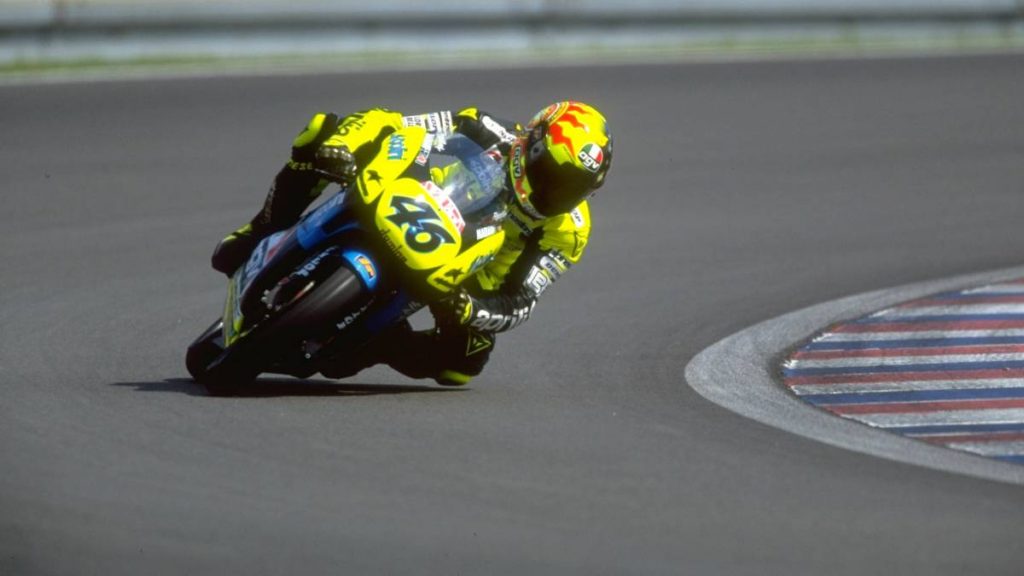
-Credit, Lalasport.
According to a release from Motorsport, Rossi has been hauling podiums with his decorated self for 26 seasons, making him one of the most iconic racers of our time.
Of the years he has been leaning into track twisties, Rossi has competed in a total of 414 races – 115 of which stand strong as Grand Prix victories.
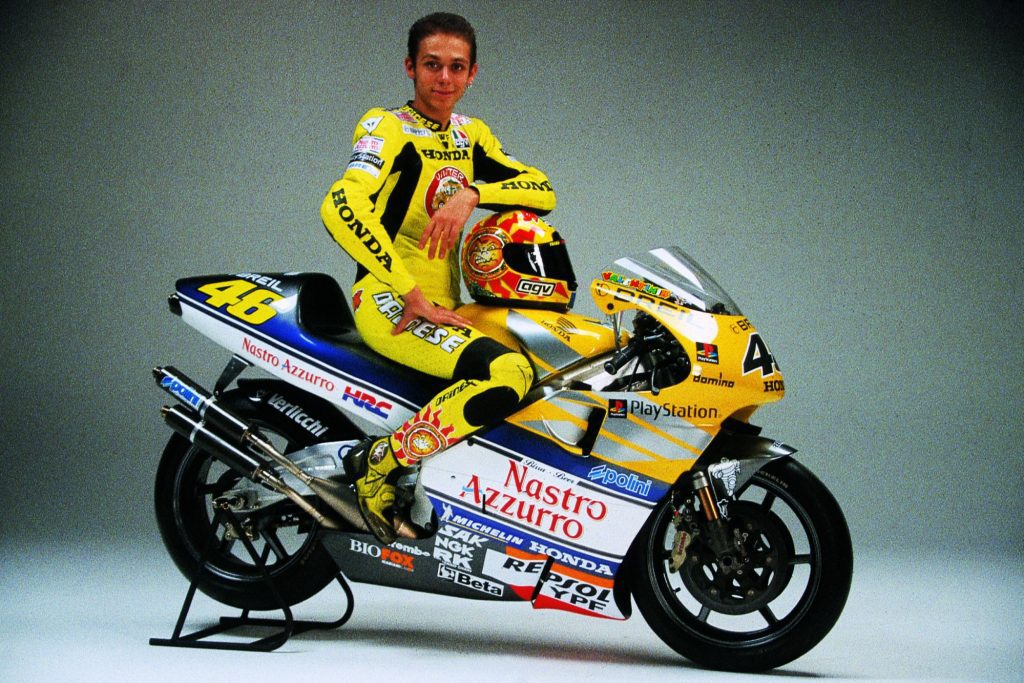
– Credit, Motor Sport Magazine
After his first win in the 250cc class of 1998 (The Dutch TT), Rossi signed on to Honda Racing Corporation (HRC) – and a very nice factory NSR500 – winning the first of his seven premiere titles for Y2K in what was then the highest class in World Championship motorcycle racing.
His success continued into his riding for the Honda REPSOL team at the MotoGP World Championship, carrying him into victories for both the 2003 and 2004 years, before he made an abrupt about-face switch to Yamaha in 2004.
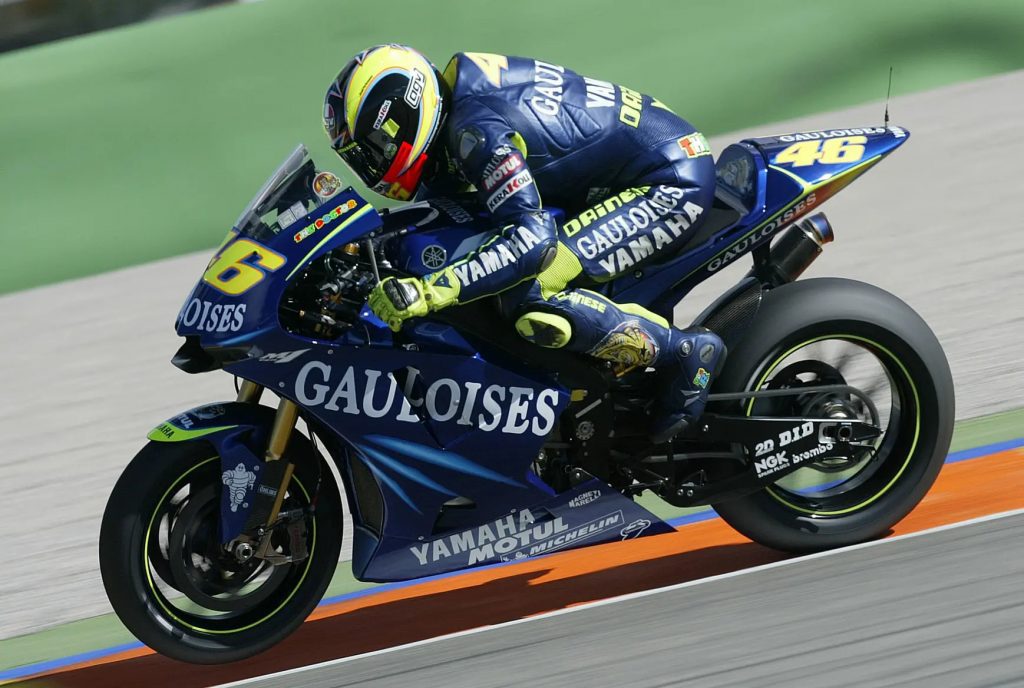
With the Yamaha YZR-M1, Rossi made headlines again, blasting past Max Biaggi and securing a win for the Yamaha team in both the 2004 and 2005 seasons.
Despite a series of further wins for the young racer in 2008 and 2009, Rossi’s career came to a pause when he broke his leg, putting aside any hopes invested in the Italian 2010 title.
2011 saw Valentino healing from the broken leg, as well as undergo surgery for a shoulder injury. He signed on to the big guns during this time with a move to red on a two-year Ducati contract.
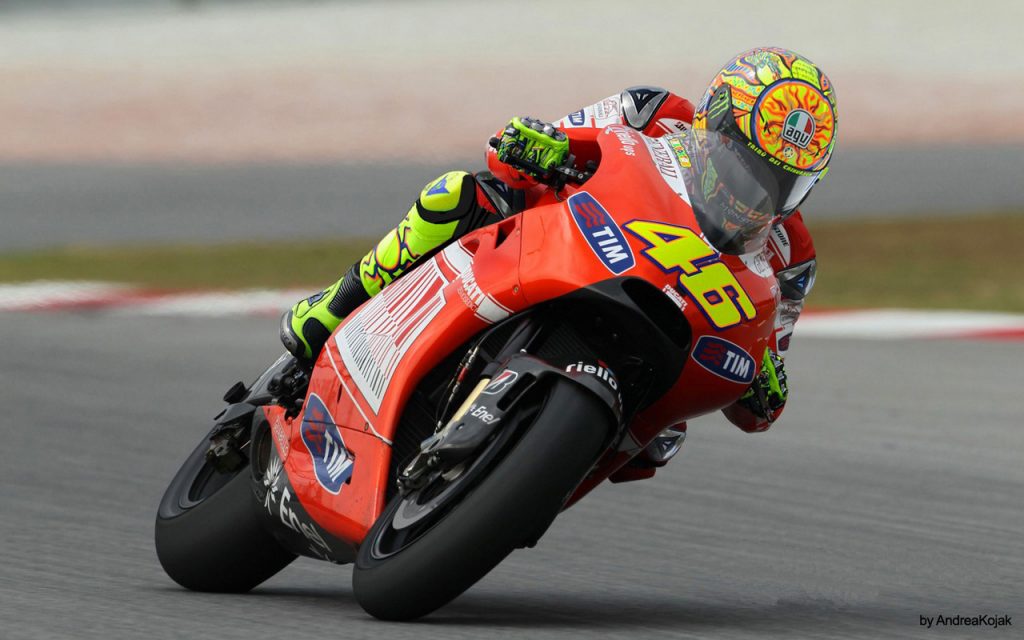
– Credit, Visordown.
2011 was Rossi’s first winless season – the first time in his Grand Prix career – and the battles on the track were harder than ever.
His best finish on a Ducati to date was in his 2012 season in France, when he beat the Tech3 riders and finished second place.
Rossi also experienced similar successes that year with his time on the track at Le Mans of San Marino (many contribute these successes in part to the new and improved swingarm and frame sliders installed on his Ducati around this time).
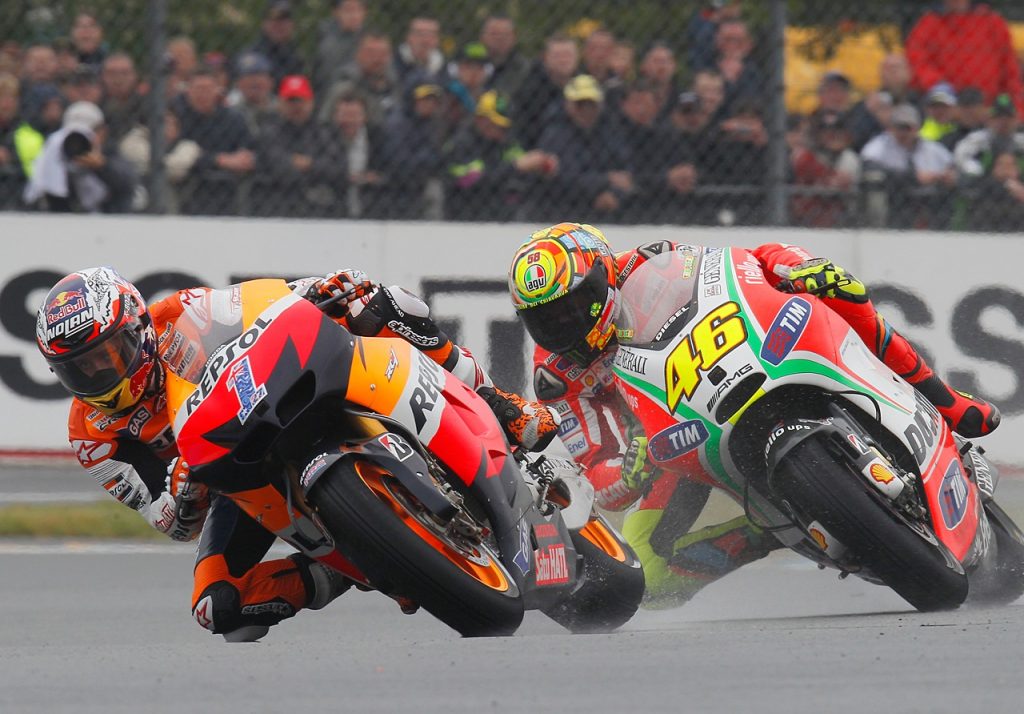
– Credit, MotorcycleSport.
Rossi soon rejoined the Yamaha team, where he was to stay until the present date. During his 2014-2021 seasons with Yamaha, Rossi and fellow teammate Maverick Vinales struggled a bit with their racebikes, leaving the racers feeling frustrated and less than satisfied on the track.
Despite this, Rossi continued to secure a few wins, taking the podium twice in 2014.
In 2015 the drama mounted when Rossi accused Marc Marquez of conspiring with Jorge Lorenzo to can his potential for Australia. The resulting consequence had the Italian in a back-of-the-grid start for the Valencia finale.
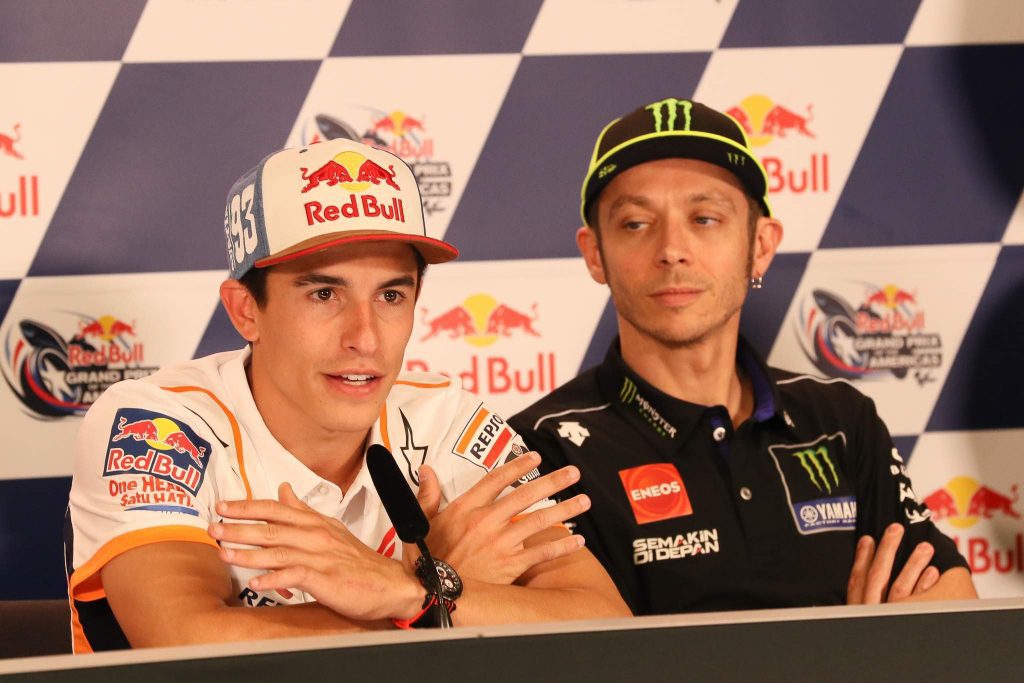
– Credit, The Race.
Rossi’s further wins were dwindling; the Italian secured two wins for 2016, then one in 2017 (The Dutch TT). His podiums also were less frequent, from five podiums in 2018 to two in 2019, and a final podium last year at the second race of Andalucia.
Despite the chaos and beauty that naturally accompanies the stats of a racer’s career, Valentino Rossi is an amazingly talented man.
With his generous personality and competition with Biaggi, Sete Gibernau, Casey Stoner, and Lorenzo, Rossi helped create a MotoGP that, today, is seen and loved by all.
“I have made my decision for next year – and I have decided to stop after the end of the season. Unfortunately, this will be my last season as a MotoGP rider”, says Rossi in a live coverage.
“It was great and I had an unforgettable moments with my team, with all my guys that worked for me. Molto, molto bueno. ”
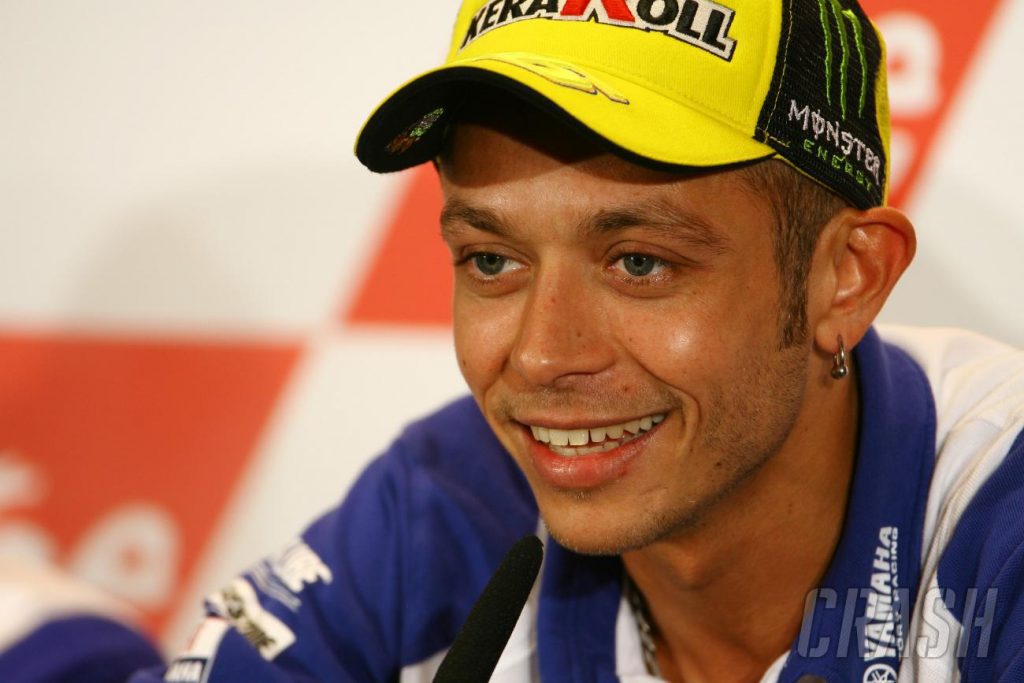
– Credit, Crash.
The young racer will always live in our hearts, as well as through his recent work with the VR46 Riders Academy, founded in 2014.
Big names have arisen from this academy – including Morbidelli, Bagnaia, Marini, Bezzecchi, Nicolo Bulega, Niccolò Antonelli, Andrea Migno, Celestino Vietti, Lorenzo Baldassarri, Stefano Manzi, Dennis Foggia and others – and we look forward to the amazing moment that Valentino Rossi’s VR46 team graces the MotoGP stage, in 2022.
Stay tuned for updates, and make sure to check out Rossi’s Sky Racing Team VR46.
Source: MotorbikeWriter.com









































